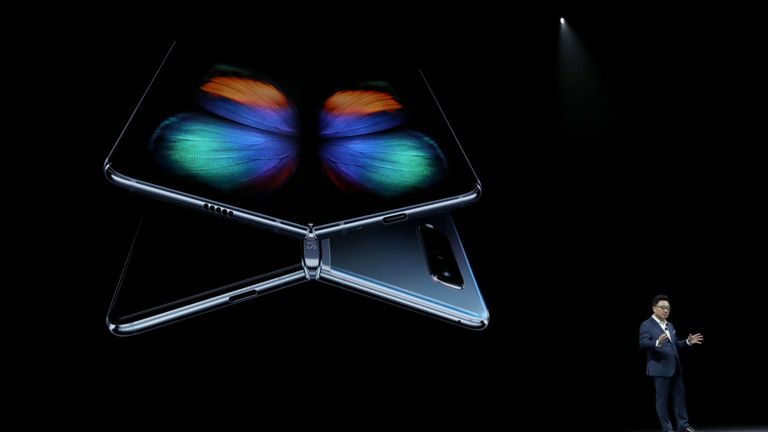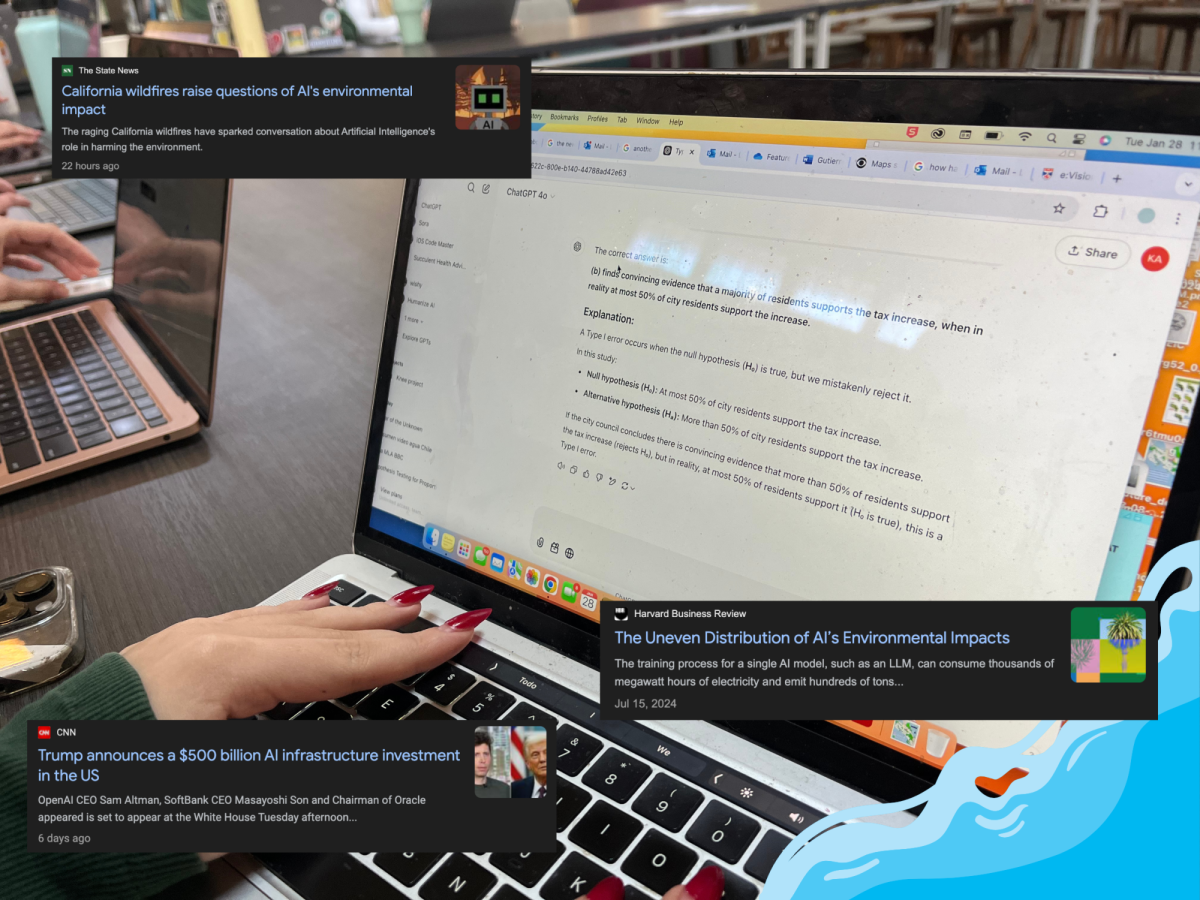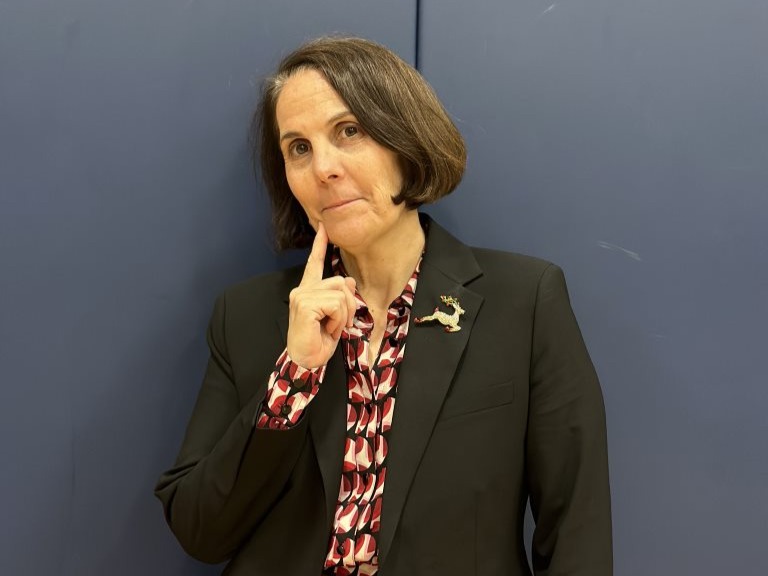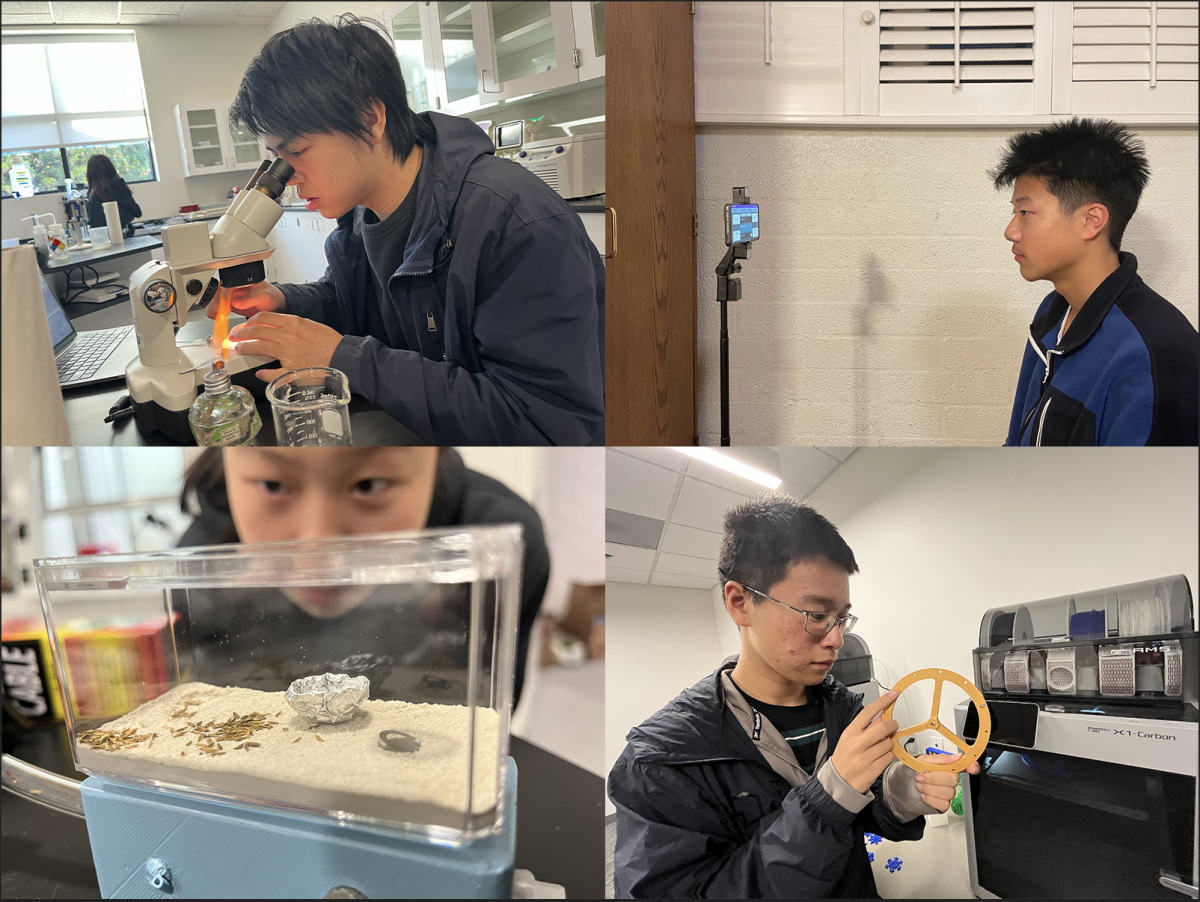On June 13th, 2019, Samsung released their new $2,000 foldable phone, the Galaxy Fold. Unfortunately, Samsung has a history of issues with new phone releases, such as the exploding S7, and this phone was no exception.
The 7.3-inch screen is a change from the traditional 6-inch screens, but this larger screen causes problems involving battery life and screen malfunctions. These issues have delayed the product release from its initial date in April to June 13th.
This delay has caused some of the excitement over this new Samsung device to falter. The Galaxy Fold will be influential because it is the first foldable touchscreen phone to be released in the US; however, China has their Huawei foldable phone that appears similar and also has its own issues. Currently Huawei is under US sanctions, which are harming the company’s new products that depend on software made by Google. Regardless, if the Galaxy Fold is not successful, the general public will be less likely to pay attention to new versions of the phone, which would kill the foldable, touchscreen phone idea.
What are the advantages and disadvantages about a foldable phone with a faulty screen? It is great mainly because of its screen, which is ironic because the screen is the largest area of concern. The Fold allows a user to multi-task with up to three applications open at a time. Watching movies could never be better, and with its ability to fold, the device can stay compact and portable. However, because it is a new product, the power usage has not been optimized and the phone can die quickly.
Many companies are interested because the Galaxy Fold could be a lucrative deal if the phones sell well. Google has offered to help create some of the software used to switch between different orientations. However, the company’s success depends on how many people purchase the new product.
People who have had a chance to demo the phone are concerned about the integrity of the screen and how reliable it could be. The already bending screen which has already malfunctioned is a concern for potential buyers. However, general usage of the large screen has no problems with the crease, but the issue is that the crease may become noticeable after some time of accumulated wear and tear.
Not only is the large screen in question, but the folded screen as well, which is about 4.6 inches. When folded, the screen is very small and narrow, which from some reviewers’ perspectives makes the phone awkward to use on a daily basis. This feature could make typing on the smaller screen difficult. Compared to the unfolded mode, Samsung spent time to make typing as comfortable as possible, so that the device can still be held vertically instead of horizontally.
The six cameras on the device allow for great picture quality, but are not good enough to warrant buying the phone for $2000. Websites are placing the picture quality as good as the S10, which is $1300 cheaper.
The big appeal of this phone is its ability to multitask. Like a computer, someone could have multiple applications open while using the tablet version of the phone. Up to three different applications can be used on the tablet mode, which makes the tablet version extremely useful for people on the go. Unfortunately, the device is a bit finicky when it comes to how applications open; some are window-ed, while others take half of the screen.
With all these flaws and small bugs, the phone’s general success is in question, and the more the phone is delayed, the more concerned people become in regards to the quality of the phone.
Santiago Noblin (‘21), a logo maker, said, “It’s dumb. When you fold it is twice the width of a normal iPhone when the appeal of a phone is the portability. It’s very much a work in progress and should not be pushed to the market because it is too big and bulky. The technology is cool, but it has not been fully tested and just selling a phone about one feature should not be Samsung’s marketing strategy. For visual art, if you want something mobile, I would say you should go for a tablet not a phone.”
Will Walker, Mathematics Department Chair, said, “Phones are becoming people’s personal computers, and when I was a kid, the big deal was Dick Tracy and his wrist watch. I think it would be cool to play with, but I’m an Android person. I just think of the features that are on an Android, and this is the first step so no one really knows until they receive feedback when they are available. It’s an awesome idea so I will be watching, but I have not seen one that makes me want to switch to an iPhone. To me, what is important is a devices interface, and the apps available through Apple.”
Anjali Desai (‘21), another Apple user, said, “Personally I wouldn’t buy a Samsung product because I prefer Apple. I don’t think I’d buy this one since it is long when it folds. I get the idea of combining an iPad and phone together but I feel like the sizing would be inconvenient as a phone.”
Overall, it seems that Webb students and teachers are generally concerned about the phone and are unlikely to switch if they are already Apple users. No matter how unique the Galaxy Fold is, Samsung is still having a hard time keeping up with Apple’s software monopoly.





![All members of the Webb Robotics Winter season teams taking a group photo. Of note is Team 359, pictured in the middle row. “It was super exciting to get the win and have the chance to go to regionals [robotics competition]” Max Lan (‘25) said. From left to right: Max Lan (‘25), Jerry Hu (‘26), David Lui (‘25), Jake Hui (’25), Boyang Li (‘25), bottom Jonathan Li (’25), Tyler Liu (‘25)](https://webbcanyonchronicle.com/wp-content/uploads/2025/03/Screenshot-2025-03-10-at-2.41.38 PM.png)



